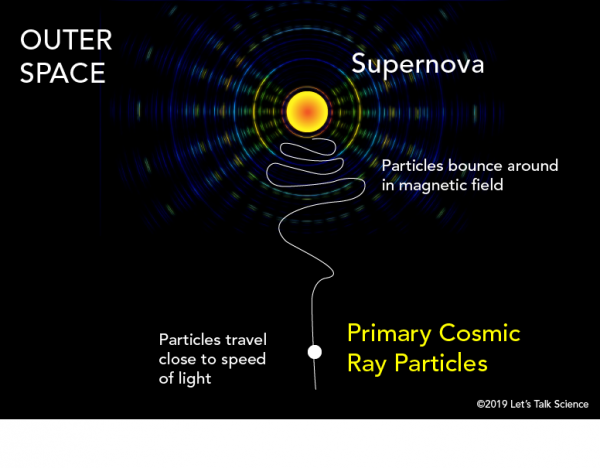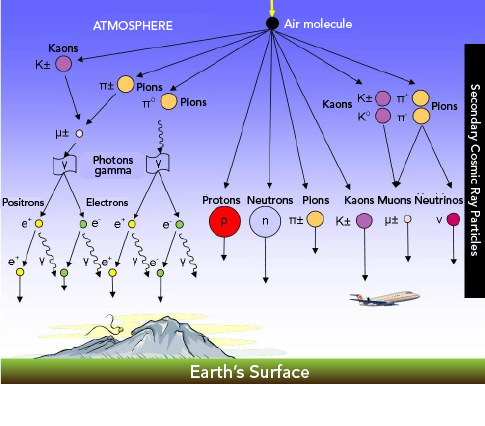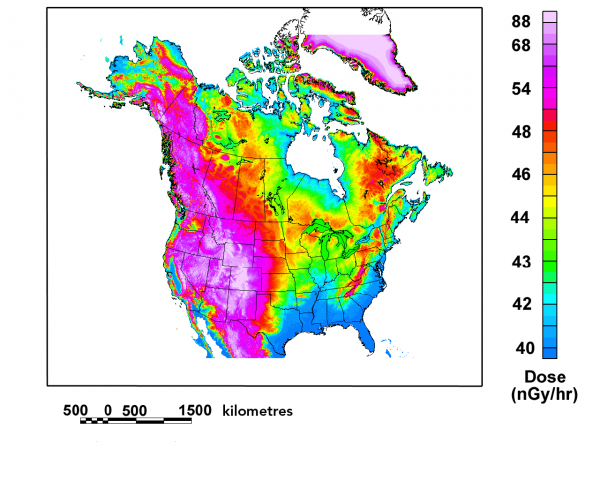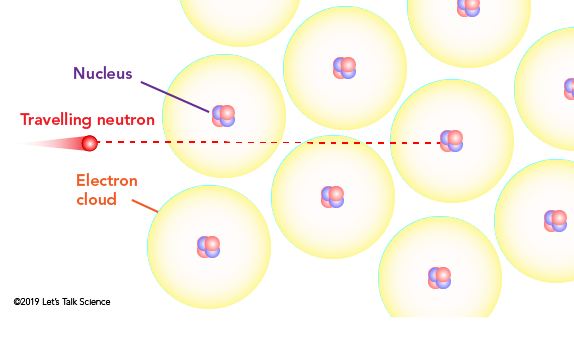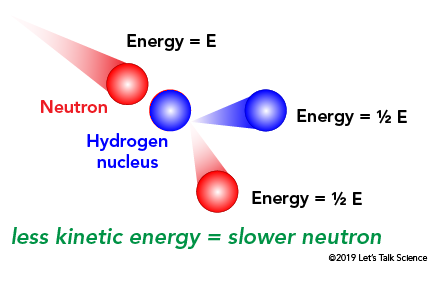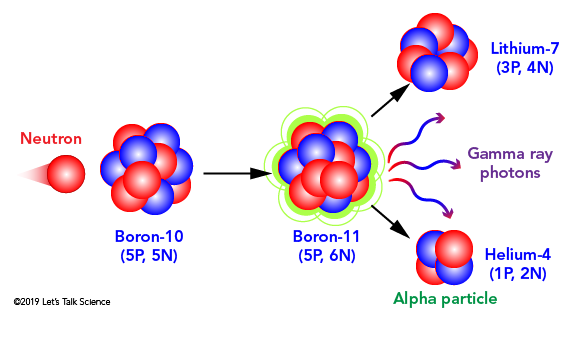What are Cosmic Rays?
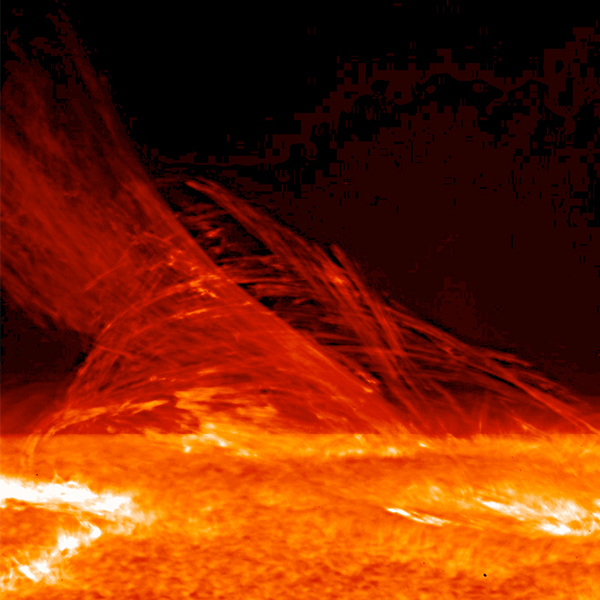
A solar flare sends plasma from the surface of the Sun (source: Hinode JAXA/NASA).

A solar flare sends plasma from the surface of the Sun (source: Hinode JAXA/NASA).
8.84
How does this align with my curriculum?
BC
10
Science Grade 10 (March 2018)
Big Idea: Energy is conserved and its transformation can affect living things and the environment.
